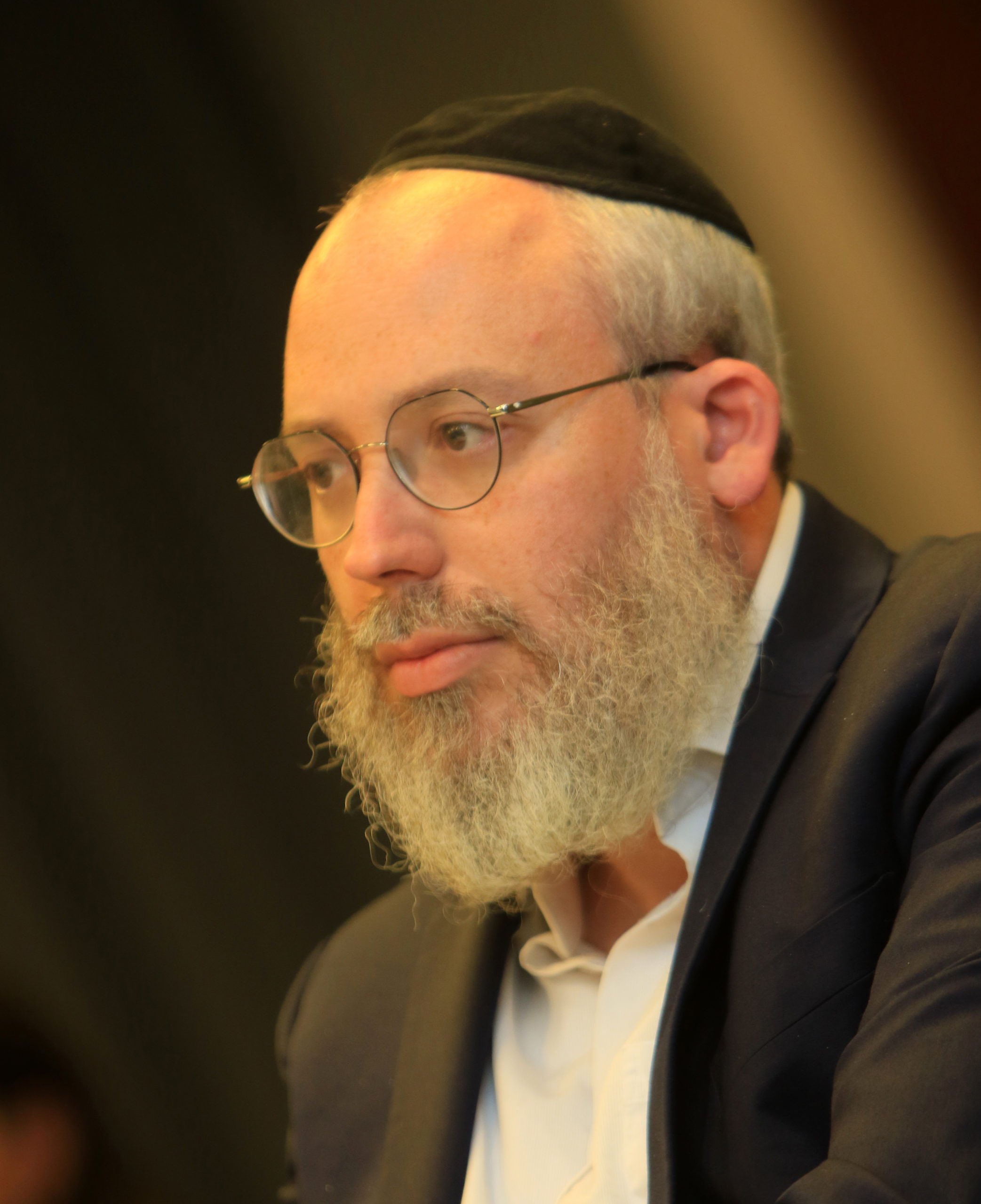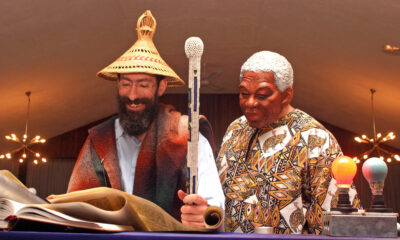
OpEds

Why Purim needs to be more popular
As a rabbi, a large part of my role is ‘selling Judaism’ to Jews. Some might say that selling ice to Eskimos is easier…
The truth is, it’s not only a rabbi’s challenge. It’s the challenge of every parent and educator: how do I impress on the younger generation the importance and privilege of Judaism?
It’s a tough challenge that numerous individuals have struggled with over centuries.
Let’s be clear: No individual knows THE ultimate answer to that question. (Although you often find people pontificating as if they have the solution to all life’s problems.) After all, humans are complex. Each generation has its unique makeup and method of engagement. Each society has its own flavour. And, of course, we are all different as individuals. So no single approach can touch and inspire the heart of every child.
“Educate each child according to their own way”, says King Solomon. (Proverbs 22:6) There does not exist a ‘one-size-fits-all’ solution to any complex problem, definitely something as tremendous as inspiring millions of children to proudly carry the banner of Jewish life into the present and future.
So, while I cannot offer THE answer, we could try to offer an answer, one of many solutions offered by our people’s great minds and hearts over millennia.
Here goes:
Think of the five most popular Jewish observances across the world:
Bris (circumcision).
Pesach Seder.
Fasting on Yom Kippur.
Not eating certain foods (often pork, seafood).
Getting buried in a Jewish cemetery.
Obviously, these are super important and indispensable parts of Judaism, and we can be very proud of how enduring these parts of our tradition are.
And yet, do you notice what is lacking in this list? Any of the many observances that scream ‘fun, excitement and celebration’. These five are on the more serious side of our glorious tradition.
Imagine that we threw in Purim in the top five Jewish observances. Yes, Purim! The parties. The costumes. The cheer. The music. The celebration. The gifts. The dancing.
Imagine that Purim was as celebrated as Yom Kippur!
The Kabbalists teach us that Purim and Yom Kippur are deeply connected. They are two sides of the same coin. They are both about uplifting ourselves and accessing the deepest and purest level within us. The difference is in approach. On Yom Kippur, we dig deep by avoiding physicality (no food, no indulgences, and spending the day in shul). On Purim, however, we dig deep and find our purity within the physicality. Within the food, drink, celebration, and party!
Rabbi Shneiur Zalman of Liadi (1745-1812) teaches that, in at least one way, Purim is even higher than Yom Kippur, as we achieve the greatest level of spiritual ecstasy by living within the physical world rather than needing to escape it! We reveal how the physical and spiritual are actually both the same thing – G-dliness.
And yet, Purim is not nearly as known and commemorated as his twin Yom Kippur!
Too many Jewish kids who choose to cast Judaism aside as they get older are unaware of what they are throwing away. Their Jewish education had exposed and highlighted specific dimensions of this incredible heritage, which caused the erroneous conclusion that Judaism is heavy and that if one seeks fun and celebration, one will find it outside the warm confines of Jewish life.
To get personal, I grew up in a very religious community. (The kind of community that all those Netflix specials fail dismally at depicting.) Of course, like any community, it had faults and weaknesses (that’s humanity). But it had incredible strengths as well. One strength is how it created a strong association between Judaism and joy. Our fun was not found outside religious life but embedded within it.
I remember Simchas Torah as a child, in the Shul of the Lubavitcher Rebbe in Brooklyn, 770 Eastern Parkway, on a Simchas Torah evening. I have not a shadow of a doubt that no joy exists in the world like the joy that the participants saw on the face of the Rebbe – and felt in their hearts – as he danced the night away. No pub can match that spiritual joy (regardless of how many intoxicating ‘spirits’ are consumed). It’s not even in the same league.
I remember Purim at the Yeshiva. It was so much fun. During the night and the following day, we would run around the city, finding Jews to read the Megillah to and celebrate with. Then we would return to the Yeshiva at the end of Purim and celebrate throughout the night until the early (or late hours of the morning).
I remember one Purim while learning in Israel that we spent with Israeli soldiers on their bases. We drove from base to base on the most dangerous roads. We danced and celebrated (no alcohol) as we felt the joy of Judaism.
Growing up, I never felt that Judaism and fun were mutually exclusive. But, unfortunately, I have many young people who think so. I believe that Purim, Simchas Torah, Chanukah, Friday night Shabbos dinner, Jewish weddings, acts of chesed (goodness and kindness), Sukkot, Shavuot, Lag Ba’Omer, the whole month of Adar with its fun and dancing, must surface to the top of our Jewish life.
The truth is that even Yom Kippur need not be commemorated as a day of fear and guilt and that we often misrepresent even the ‘heavier’ dimensions of our faith, but that is an article for another time.
Back to the future: If we are to sell Judaism to ourselves and our children, we need to relook at how we sell the product with fresh eyes. We need to stop kvetching about the hardships of observance (yes, kosher chicken is expensive, but when your child hears you kvetching about that and the cost of Pesach food, you can only imagine that their thoughts are, ‘who needs this in my life’). If we tell them that Judaism is heavy, we make it much less appealing for them.
We have the most remarkable product in the world. All we need to do is share its beauty and joy. I believe that it will make a world of difference. Do you agree?
- Rabbi Levi Avtzon is the rabbi at Linksfield Shul.










